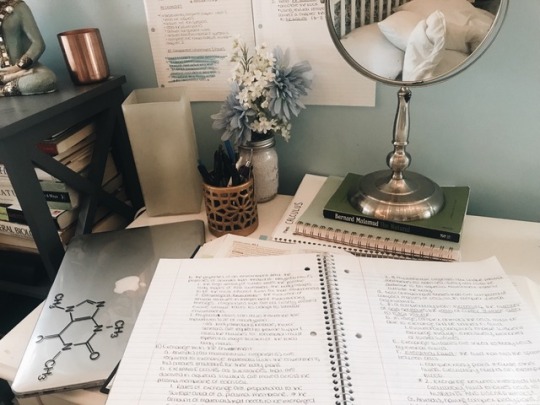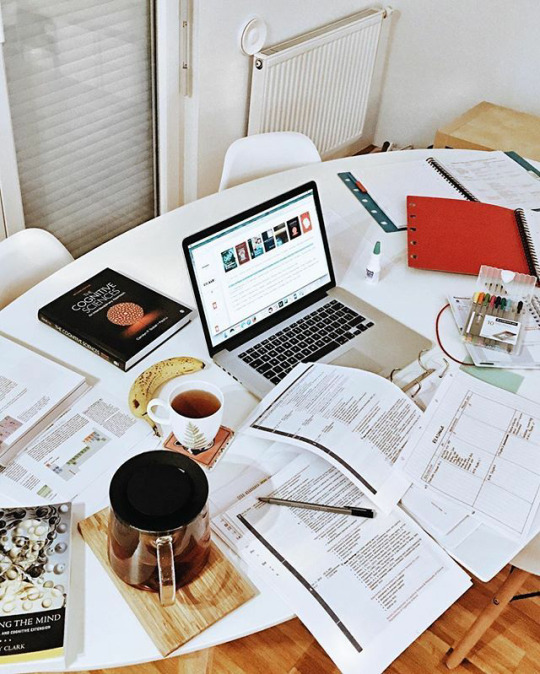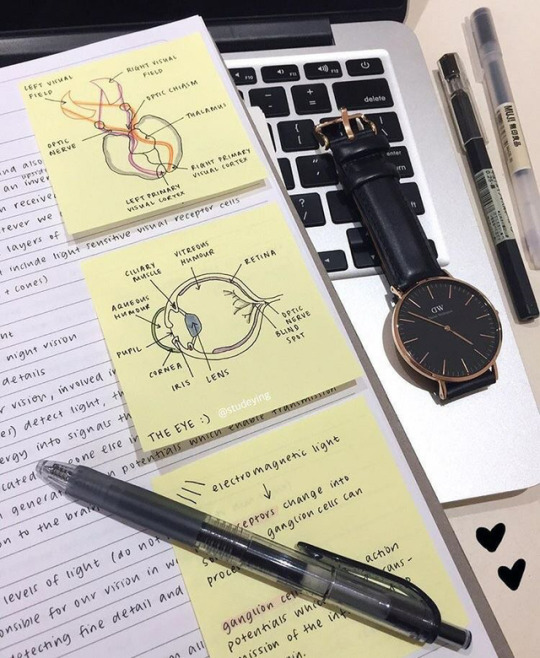Photo

I deleted so many photos off my phone hoping to get more memory but also I found some old photos that I haven’t posted on here yet so enjoy 👍
79 notes
·
View notes
Photo

Alessia stop forgetting to post challenge: [FAILED.]
Instagram: lilacpancake
Twitter: soonyouwung
2K notes
·
View notes
Photo

19/03/2018 :: Today I’ve gone to college and studied maths and economics.
381 notes
·
View notes
Photo

21.07.18 // I have to take a break from my dissertation while I wait for the last of my data, so I’m catching up on yet more medicine notes today! Paediatrics is such a huge topic 😓
165 notes
·
View notes
Photo

Fitzbillies is easily one of my favourite coffee place in Cambridge. Honestly the cold brew is heavenly and I don’t even like iced coffee! ☕️ ☕️
Instagram: @fulltimestudies
3K notes
·
View notes
Photo
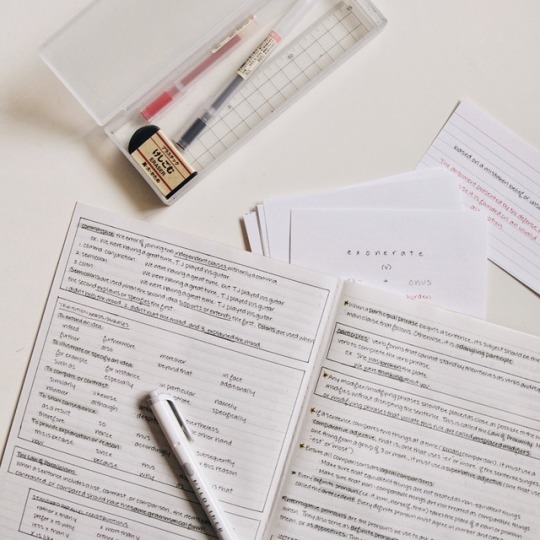
071218
sat studying! is it weird to say i’m much busier in the summer now than i was during the school year?
5K notes
·
View notes
Photo
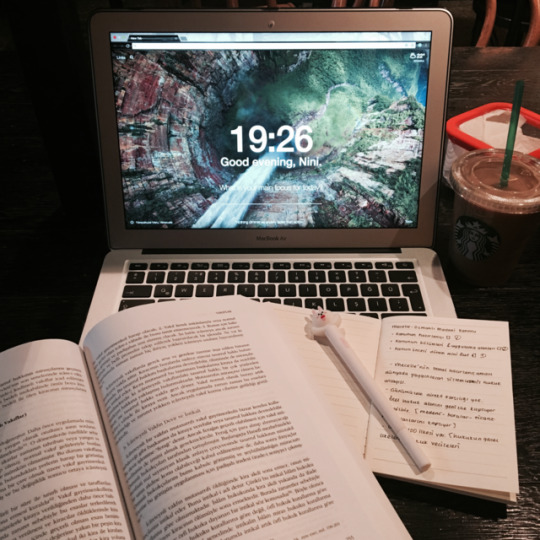

03.05.18 [7/40 days of productivity] hello from Starbucks side! the favorite place in the universe, yes. Both study and chillin! Today I started to prepare a paper for History of Turkish Law class. I guess it takes four or five days. First I planned how to write and the essential part, outline. And then I decided on which sources using in paper. Next step is read all my sources to take ideas and create basic lines of paper. I fell I can explore whole informations today! Ready to fly 🧚🏻♀️ have a nice day all ♥️
569 notes
·
View notes
Photo

07.13.2018
introductions (featuring some calc II notes)
Hey, this is the beginning of metallicmagpie! I’m a college freshman and compsci major in the US.
Spent a long time lurking but finally figured I should maybe make my own blog instead of just leeching off everyone else. Its also largely to help keep me accountable, because I’m a terrible procrastinator, and I’ll be starting the 100 days of productivity challenge among other things.
Here’s a song to listen to: The Less I Know the Better by Tame Impala (youtube link here)
studyblrs that have motivated me:
@emmastudies @studyign @studypetals @obsidianstudy @tinytsundoku @fiercelittlestudyblr @studyquill @medblrr @colorfulstudiess @hardworkign @studylustre @scholarish @noorastudy @kaylareads @jessastudy @academiix
… and many more! I’m also looking for new accounts to follow because you can never have too much inspiration, so please tag me!
Feel free to message anytime, and I think this just about covers it! I’m excited to get this thing up and running!
151 notes
·
View notes
Photo

Yes I have a t-shirt with bananas
Instagram: lilacpancake
Twitter: soonyouwung
2K notes
·
View notes
Photo


[ 26-05-2018 | 11:13 ] I woke up really early to study literature. I’ve gor quite a good feeling about how my other exams went down so I’m quite hopeful as to passing the entire year at once!
110 notes
·
View notes
Photo
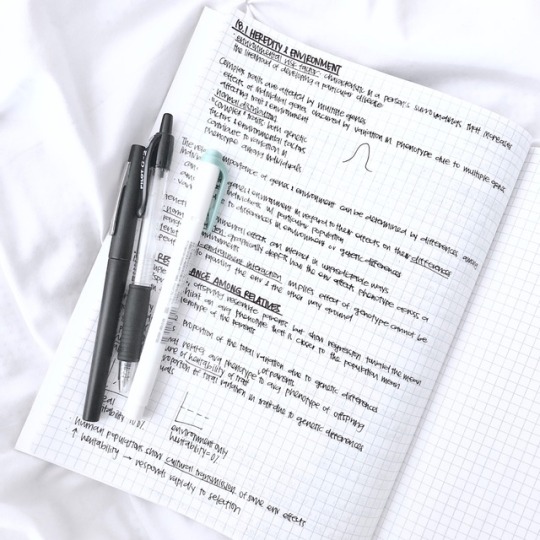
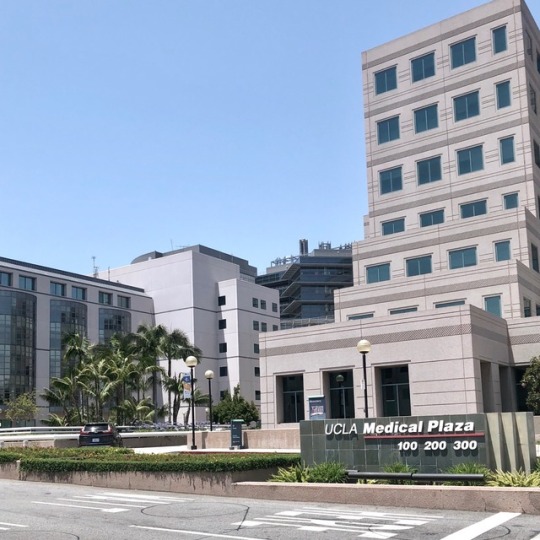
July 7, 2018
The premed culture at UCLA was something I was *very* curious about when I applied and first got here and after living it for an entire year, it’s been very interesting observing and being a part of this community (culture? lifestyle? idk)
There are several types of stereotypes that I think UCLA premeds vaguely fit in:
doesn’t want to be premed but feels obligation to be premed because someone else wants them to be - maybe because of parents - or $$$
definitely stem but have yet to explore outside of it enough to realize they definitely do not want to be premed - science-y folks that have yet to come to the realization there is a lot more to stem than just being a doctor - little inclination to actually volunteer at a hospital
“premed” - ready to drop this premed life any minute now
hella premed - has genuine reason why they want to become a doctor - comes off as a try hard
I have always considered myself (and been classified by others) as hella premed and idk I just think it is very interesting seeing people transition in and out of these arbitrary categories. And that is the beauty of college!! Discovering your interests and whatnot
220 notes
·
View notes
Photo


11.7.18 // Old #bulletjournal spreads!✨
I found these photos while going through my old “studygram” photo folders and fell in love with the simplicity of these spreads again! 😍 These are a gorgeous throwback!👌🏻
Follow me on Instagram @academic.eve
885 notes
·
View notes
Text
Books
Publication Manual of the American Psychological Association. 4th edition. Washington, DC: APA Press, 1994.
Commonly considered a handbook of formatting and other relatively minor issues (e.g. whether to represent numbers as numerals or words), but also features good tips for making your writing more professional in appearance and tone. See especially the first two chapters, “Content and Organization of a Manuscript” and “Expression of Ideas.”
Blum, Deborah and Mary Knudson, eds. A Field Guide for Science Writers: the Official Guide of the National Association of Science Writers. New York: Oxford University Press, 1997.
Extremely useful as an indicator of the expectations science readers have for professional-level writing. Lots of helpful material regarding formatting, but also includes more about stylistic choices than do the similar CBE and APA manuals.
Booth, Wayne, Gregory G. Colomb, and Joseph M. Williams. The Craft of Research. Chicago: University of Chicago Press, 1995.
In many writers’ opinions, the best and most practical guide to the research process. Leads the reader through all the stages of the research process, from developing a question into a problem that can be addressed, to planning and drafting, to revising for clarity and comprehension. The last three chapters are especially helpful.
Briscoe, Mary Helen. Preparing Scientific Illustrations: a Guide to Better Posters, Presentations, and Publications. 2nd edition. New York: Springer Publications, 1996.
Emphasis on presentations at conferences and similar forums, but also probably the most comprehensive discussion about designing tables and graphs.
Council of Science Editors. Scientific Style and Format: the CSE Manual for Authors, Editors, and Publishers. 7th edition. Cambridge: Cambridge University Press, 2006.
Like the APA manual, the CSE manual is most often regarded by writers as an encyclopedia of arcane formatting rules, but it does contain a good deal of information about science writing in general. (Note that this used to be called the CBE Manual; the organization that produces it was formerly called the Council of Biology Editors.)
Davis, Martha. Scientific Papers and Presentations. San Diego: Academic Press, 1997.
Similar in topic and approach to Briscoe’s work mentioned above, but more readable and less exhaustive. A useful guide, particularly for writers who find visuals difficult to design or realize.
Day, Robert A. How to Write and Publish a Scientific Paper. 4th edition. Phoenix, AZ: Oryx Press, 1994.
Informative and entertaining guide to what editors look for in manuscripts (and what editors really hate in manuscripts as well). Very practical, relying heavily on anecdote to make points. Especially helpful to professional-level science writers, but undergraduates stand to learn from this one as well.
Porush, David. A Short Guide to Writing about Science. New York: HarperCollins, 1995.
Short, true, but accomplishes a good deal in a slim volume. If you were to choose only one of the books listed here, this would probably be your best bet. Covers almost all aspects of writing in the sciences in some detail-not as thoroughly as some of the specialty guides such as Briscoe’s or Davis’s, though. Targets primarily upper-level undergraduates and beginning researchers.
Williams, Joseph M. Style: Ten Lessons in Clarity and Grace. 6th edition. New York: Longman, 2000.
The premier guide to improving writing style generally. Not aimed specifically at science writers, but all ten lessons will apply to some degree. Perhaps the best (and simplest) path to clearer, more interesting writing.
0 notes

